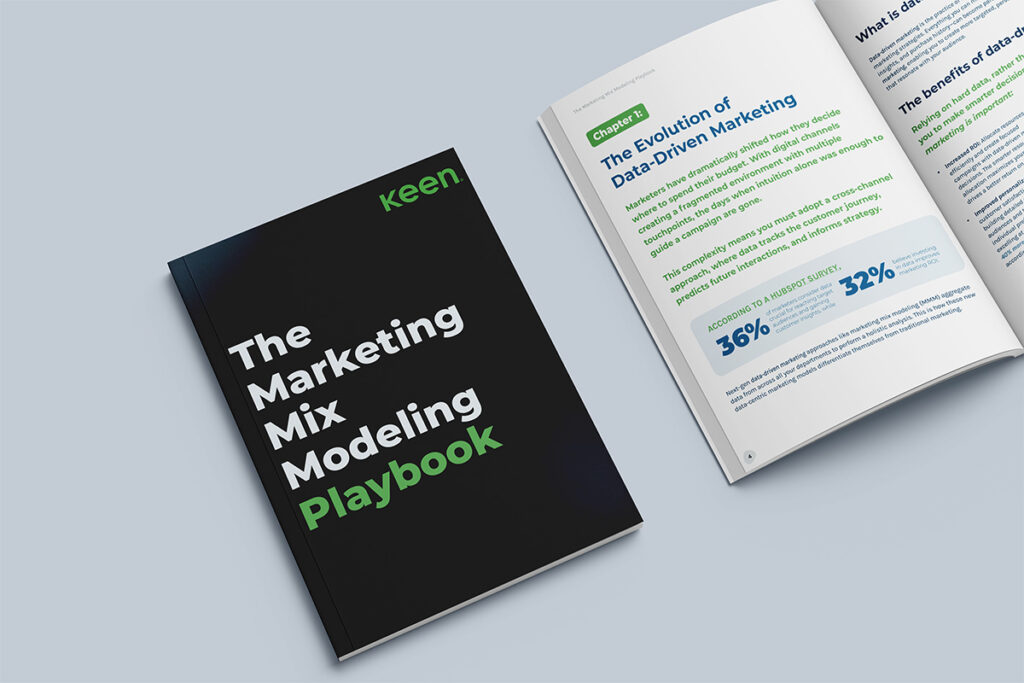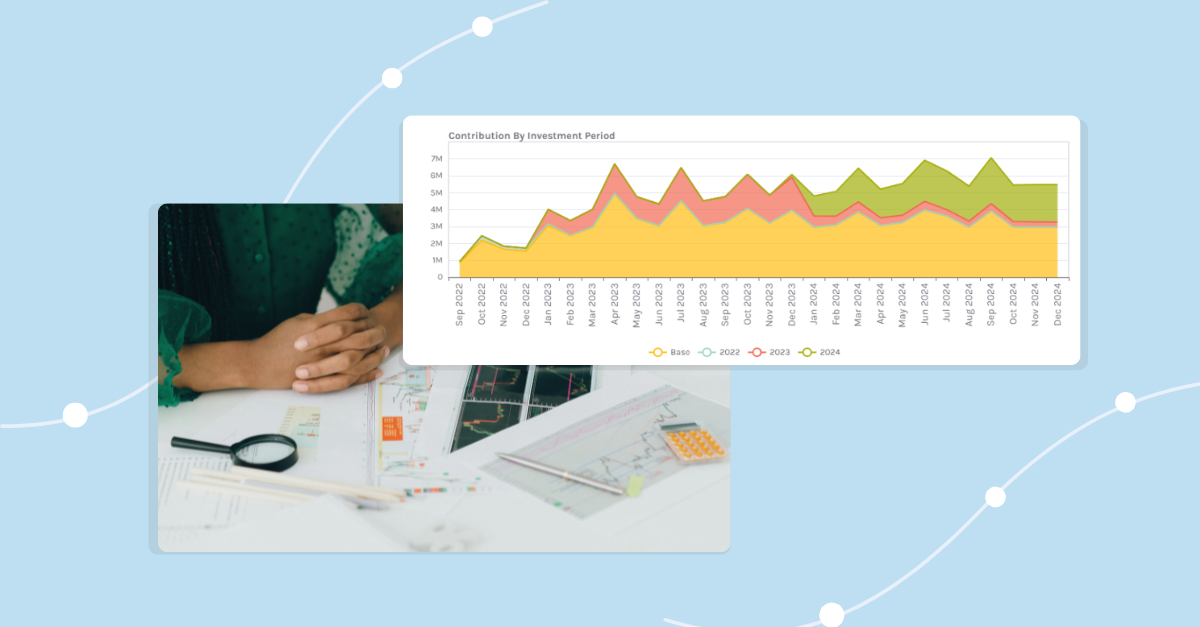Channels multiply and customer expectations grow with that, making marketing no longer just about being visible. So, refining your omni channel testing strategy becomes not just an exercise in optimization but also a necessity for staying competitive and delivering the results your business demands.
Key takeaways:
- An effective omni channel testing strategy gives you better ROI by focusing on incrementality and cross-channel insights.
- Data overload, siloed approaches, privacy regulations, and AI-driven automation complexities are common challenges in test marketing.
- The best practices for a successful channel test include setting SMART goals, testing one variable at a time, and leveraging tools like Google Analytics and Keen for efficiency.
What is channel testing in marketing?
Channel testing is the process of evaluating different variables within a specific marketing channel to determine what performs best. It’s about finding what works for your test market on each platform, be it testing different email subject lines, experimenting with ad creatives on social media, or analyzing how keywords perform in search campaigns.
Examples of test marketing
- On Facebook Ads, you might test short, punchy headlines against more descriptive ones to see which drives more engagement.
- In email marketing A/B testing, you could create different test groups and experiment with sending times to identify when your audience is most likely to open and act on your emails.
Remember: Channel testing is no longer just about tweaking elements within a channel. It’s about understanding their incrementality (that is, the true value each channel adds) and leveraging cross-channel insights to maximize ROI.
Common challenges in channel tests
If you’ve dabbled in channel testing before, you probably already know it’s not always straightforward. Here are common roadblocks you might face:
- New channels and data overload: The rise of new platforms (like evolving AI-driven social networks) means more places to test, but also more data to manage. With so many channel performance metrics to analyze, it’s easy to get lost in the noise. Which numbers actually matter?
- Privacy regulations: With stricter data privacy laws and cookieless attribution, access to granular customer data is limited, making it harder to measure performance accurately.
- Siloed testing approaches: Testing each channel independently without considering how they might influence one another limits the bigger picture. That’s why it’s important to have the testing align with your omnichannel marketing strategy.
- Misaligned goals: Without clear objectives, your testing efforts might not yield actionable insights, or worse, they might steer you in the wrong direction.
The good news: You can tackle these challenges with a structured approach toward the channel tests and the right omni channel testing tools like MMM platforms.
Steps to enhance your channel testing strategy
Follow this six-step strategy to optimize your marketing testing:
1. Set clear marketing objectives
Before you even begin your marketing tests, get crystal clear on what you’re trying to achieve. Are you aiming for more clicks, conversions, or engagement? Whatever your goal, make sure it’s grounded in the SMART framework, which is:
- Specific: Define exactly what you want to test (for example, headline length, image placement).
- Measurable: Choose KPIs to track (think click-through rate, cost-per-click).
- Achievable: Set realistic expectations based on past performance.
- Relevant: Align your test with the broader marketing and business goals for meaningful insights.
- Time-bound: Establish a clear timeline to measure results.
For example, instead of saying, “I want better email performance,” set a goal like, “I want to increase email click-through rates by 10% within the next three months.”
2. Prioritize channels that give results
It’s tempting to test everything everywhere, but that’s not practical. Start by identifying the communication channels that matter most to your business. Look at historical performance data to determine which ones have the biggest potential impact or the most room for improvement.
Also, consider how testing one channel can provide insights for others. For example, high-performing headlines in search engine marketing tests can inspire social media copy that resonates with similar audiences.
Keep learning: Optimize marketing channel mix
3. Develop strong hypotheses for the test
Every split testing in your digital marketing should start with a hypothesis and scenario-based marketing planning. Think of it as a “what-if” question: “What if we changed X? Would it improve Y?” A strong hypothesis is grounded in customer insights and past data. For example:
- Including testimonials in our Instagram ads could improve click-through rates by 20%.
- Personalized subject lines in our email campaigns will increase open rates by 35%.
AI-powered MMM tools like Keen can help you verify these assumptions before you take any action. In just one click, the platform uses complex statistical models to show you the probable results if you were to move forward with your plan. The best part: Keen delivers insights you can trust, with a margin of error as low as 4%.
Here’s an example of how you can see the potential results of your hypotheses:

4. Conduct systematic testing with MarTech tools
Once your hypothesis is set, it’s time to test. However, testing can get overwhelming without the right AI-powered marketing tools, and you might end up wasting too much of your marketing budget on fruitless A/B tests. Simplify the process and get actionable insights with omni channel testing tools like:
- Marketing mix modeling tools (like Keen): Use predictive analytics and data visualization to understand which variables are truly driving results.
- Data providers (like Google Analytics): Track consumer shopping behavior and campaign performance across your website.
- Marketing automation platforms (like HubSpot): Streamline A/B testing for email campaigns and content distribution.
5. Analyze data trends from the test
The final step is where the magic happens: analyzing your results and using them to improve future campaigns. Look for trends in your data: what worked, what didn’t, and why? Use these insights to refine your hypotheses and keep testing.
Remember: Testing is an ongoing process. The more you iterate, the closer you get to a finely tuned omnichannel strategy that drives consistent results.
Top 6 marketing testing best practices
To make the most of your channel testing efforts, keep these best practices in mind:
1. Test one variable at a time
Testing one variable allows you to attribute changes in performance to a specific adjustment, avoiding marketing guesswork in analysis.
Example: If you’re optimizing an email campaign, test the subject line while keeping the content and timing consistent. Once you identify the winning subject line, move on to testing the email content or call-to-action (CTA) separately.
2. Ensure sufficient sample sizes
A small dataset in a channel test might suggest a trend that doesn’t hold up when scaled. Proper sample sizes give you confidence in your findings.
Example: Always aim to get the maximum data to ensure statistical reliability. For instance, 200 clicks per ad variation is better than 50 clicks.
3. Blend quantitative and qualitative data
Quantitative metrics show what’s happening, but qualitative insights reveal why it’s happening, helping you optimize more effectively.
Example: If a social media ad has a high click-through rate but a low conversion rate, user feedback (via surveys or comments) might reveal that the landing page isn’t aligned with the ad’s promise. This insight helps you refine not just the ad but also the overall customer experience.
4. Use incrementality measurement for deeper insights
Incrementality testing has been adopted rapidly in 2024 and is projected to continue growing through 2025. The reason behind its momentum: This approach isolates the true value of a campaign or channel by comparing its performance to a control group that wasn’t exposed to the marketing effort.
This advanced testing method helps you understand:
- What conversions would have happened anyway (organic lift)
- The unique value each channel brings to the table
Example: Let’s say you run a social media campaign targeting a specific audience while withholding ads for a similar control group. Compare conversion rates between the two groups to determine how much lift the campaign generated versus organic sales.
5. Stay agile
Adopt an agile marketing approach. As business priorities evolve, so should your testing strategy. Ensure that your tests are aligned with current objectives and customer needs.
Example: If your company shifts from focusing on new customer acquisition to increasing customer lifetime value (CLV), your tests should pivot from attracting clicks to strategies like loyalty program messaging or upselling.
6. Incorporate multichannel insights
Customer journeys often span multiple channels, so understanding cross-channel dynamics ensures cohesive user experiences and maximized marketing ROI.
Example: If you discover that Instagram ads drive significant website traffic, integrate this insight into your email strategy by using similar imagery or messaging to maintain consistency and reinforce the campaign’s impact.
Leverage the best omni channel testing tools with Keen
A well-executed channel testing strategy provides insights that go beyond short-term performance gains. Keen, the marketing measurement platform, helps you refine, experiment, and unlock audience-targeting opportunities you never knew existed. Instead of long-drawn A/B tests to get results after weeks, if not months, you can test your hypotheses in a single click.
To make the most of your tests with Keen, include external factors like seasonality when testing out a new idea so you’re not surprised when the results differ from efforts.
Ready to start? Take your channel testing strategy to the next level today with Keen’s free trial.




